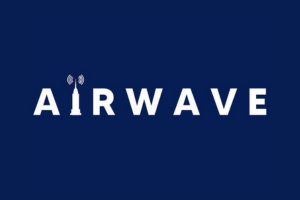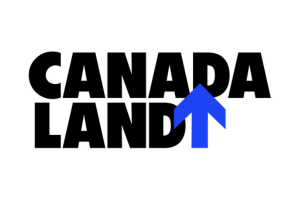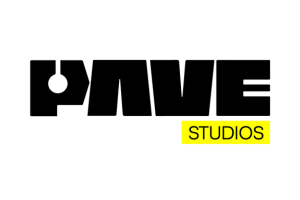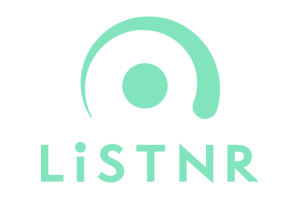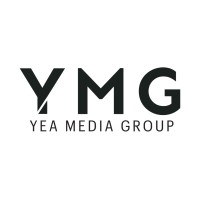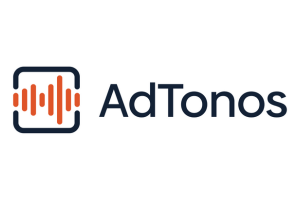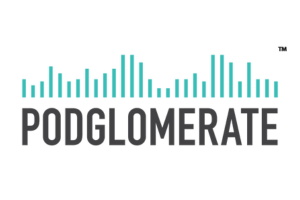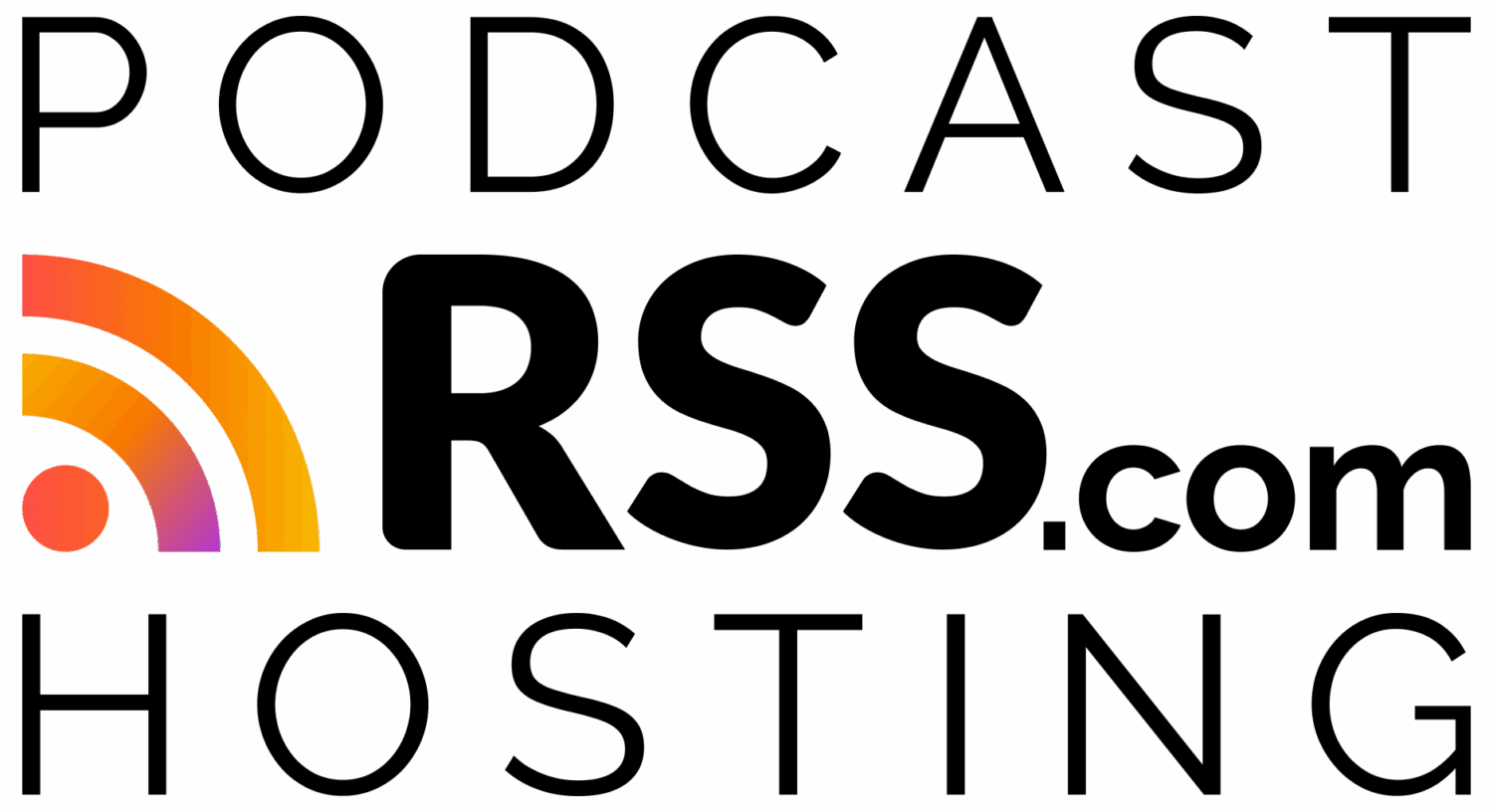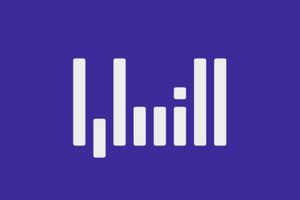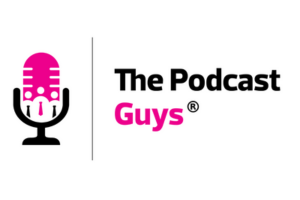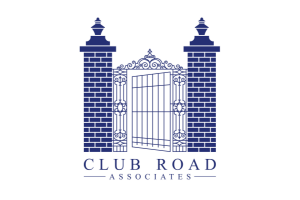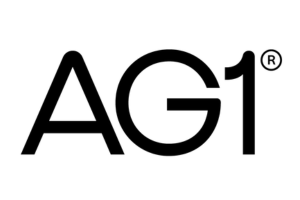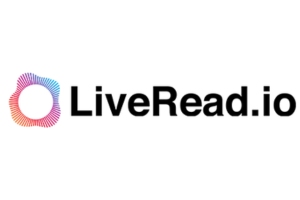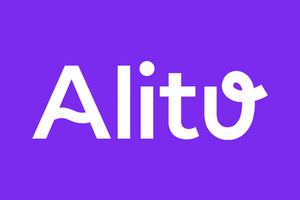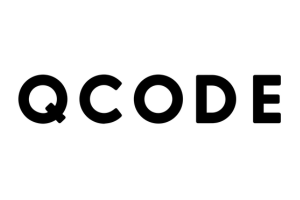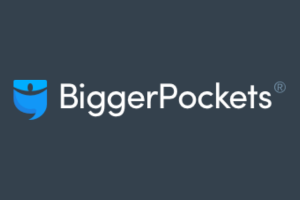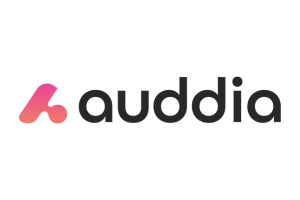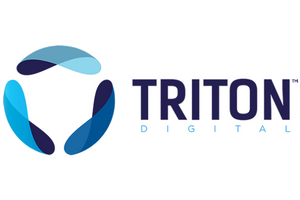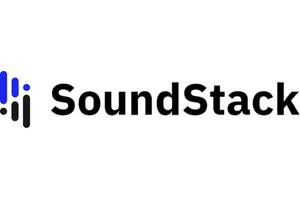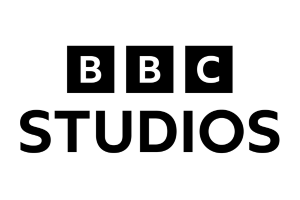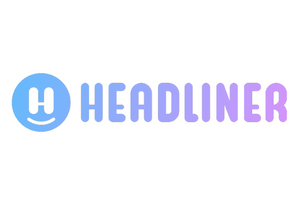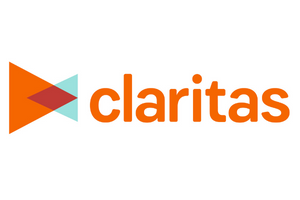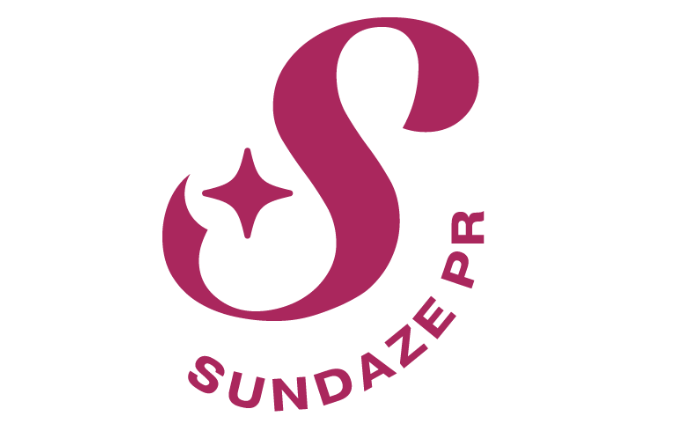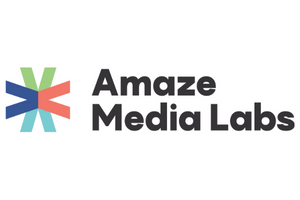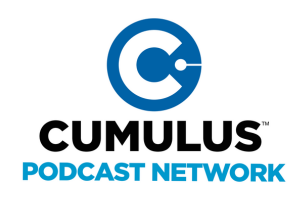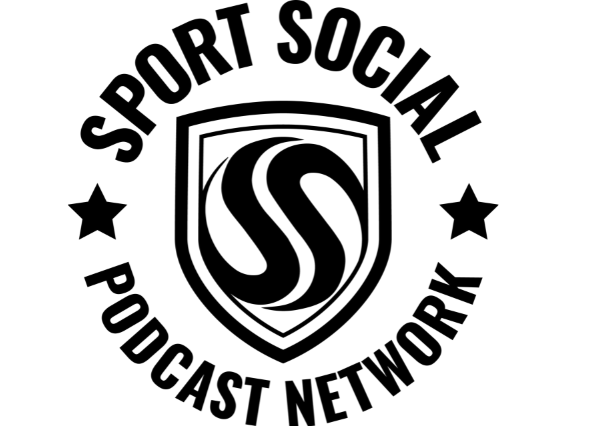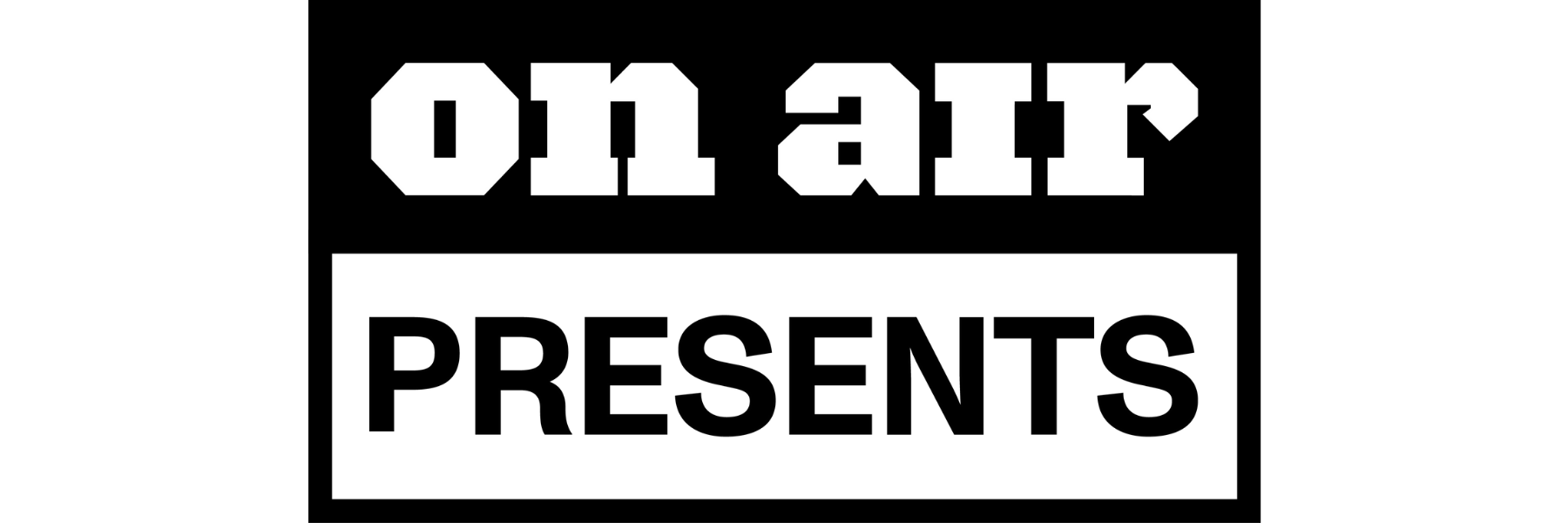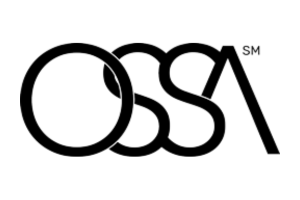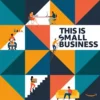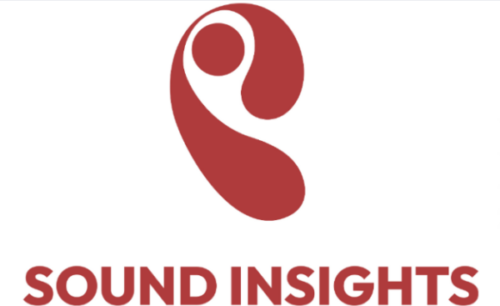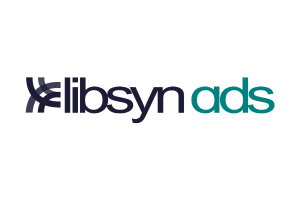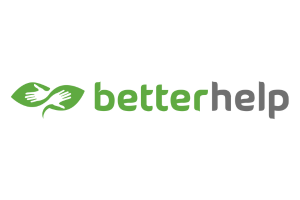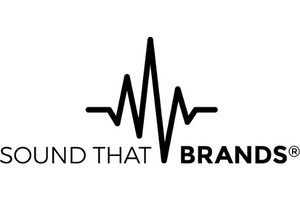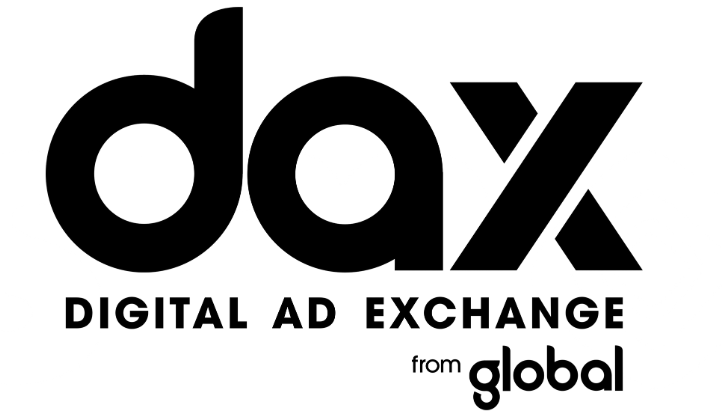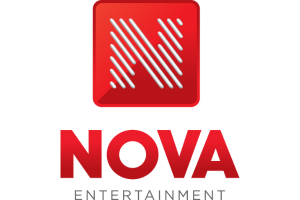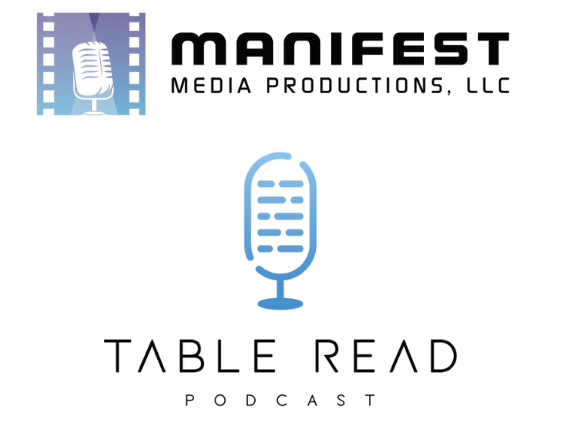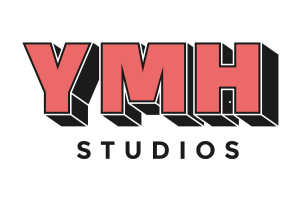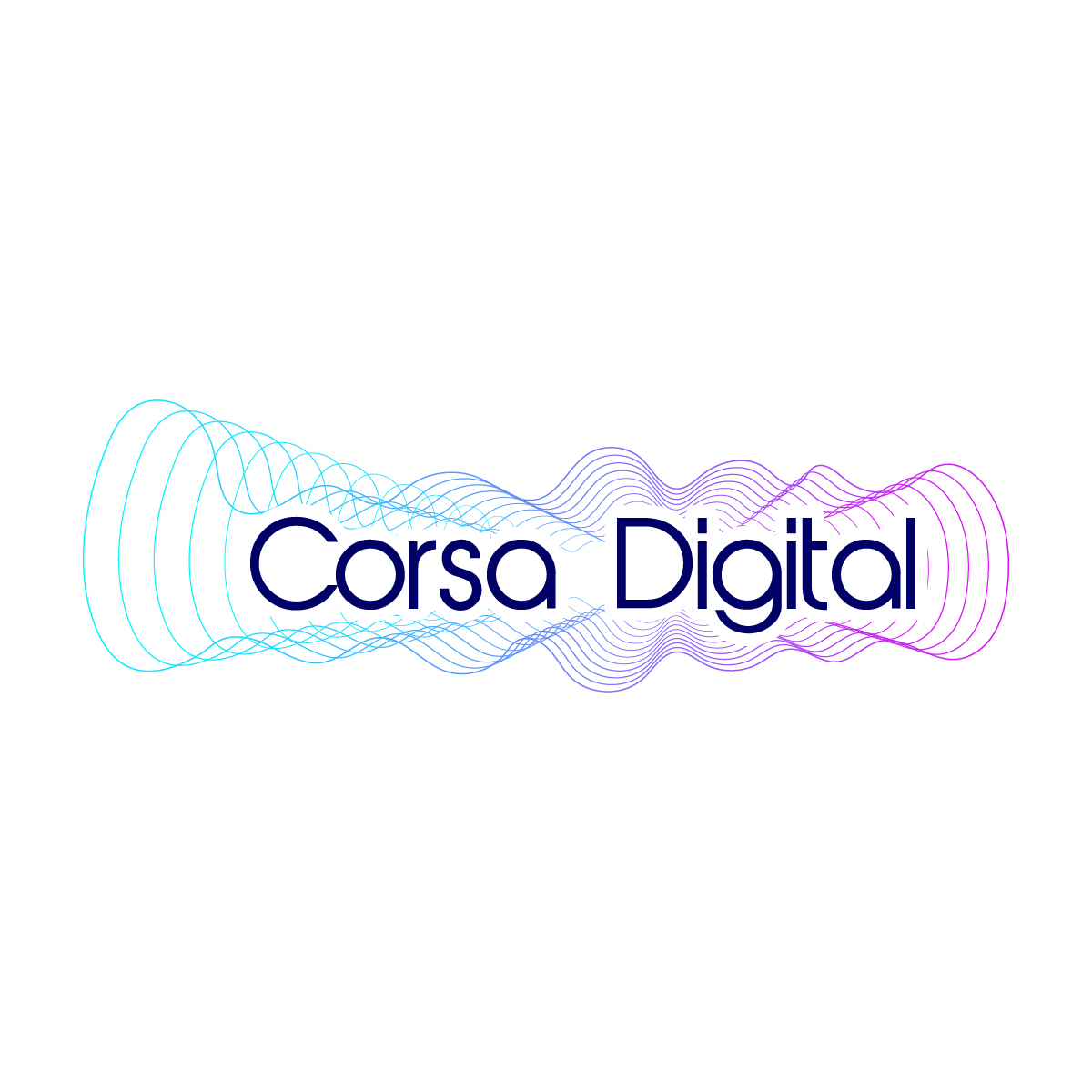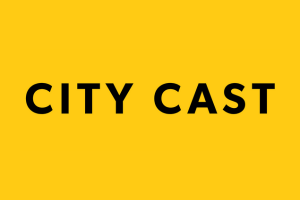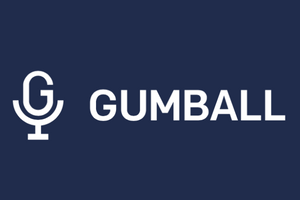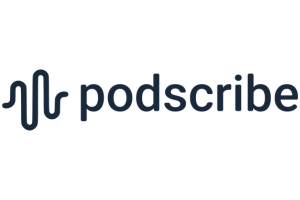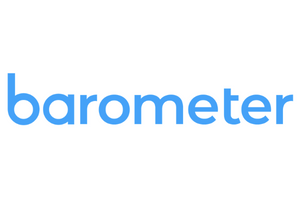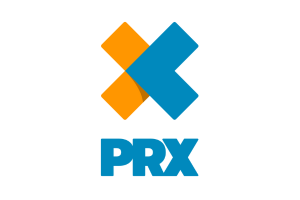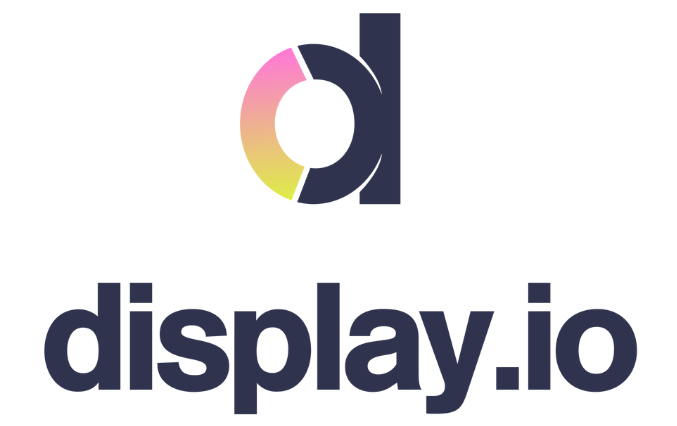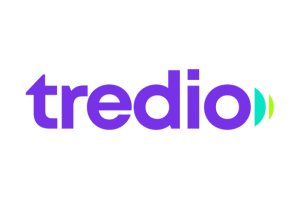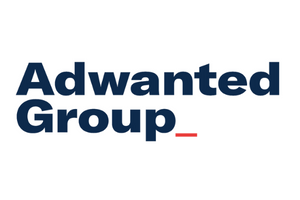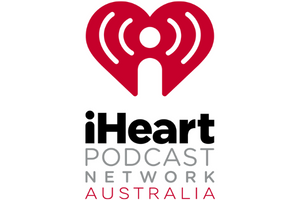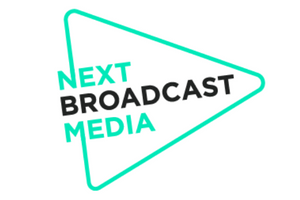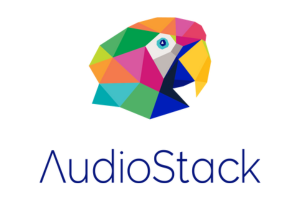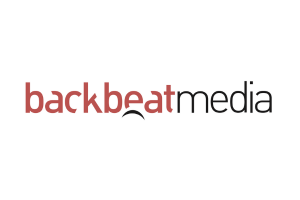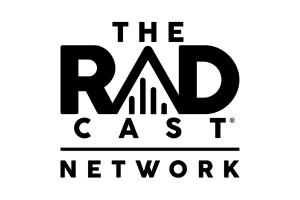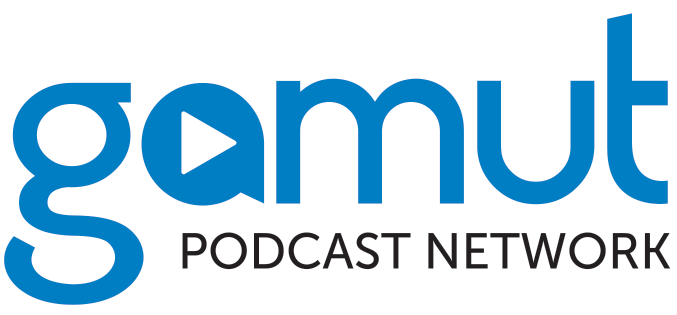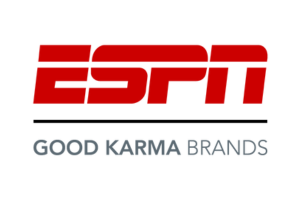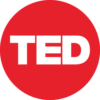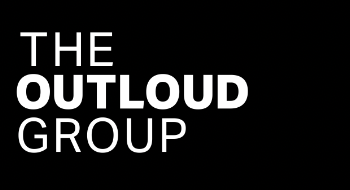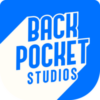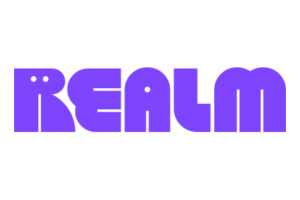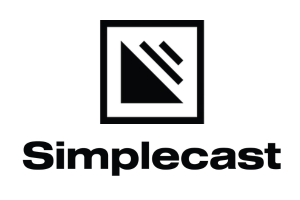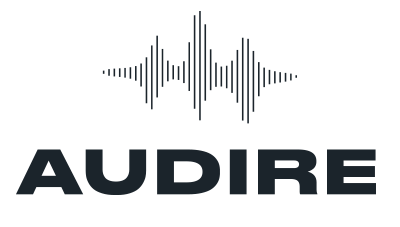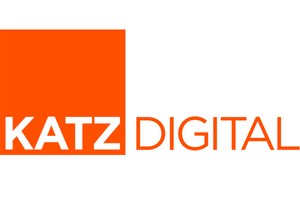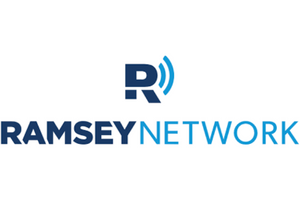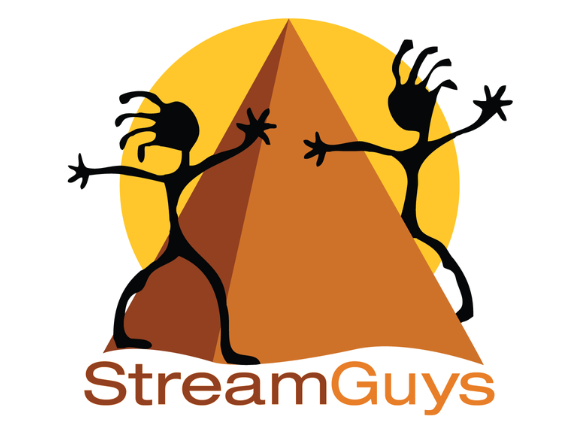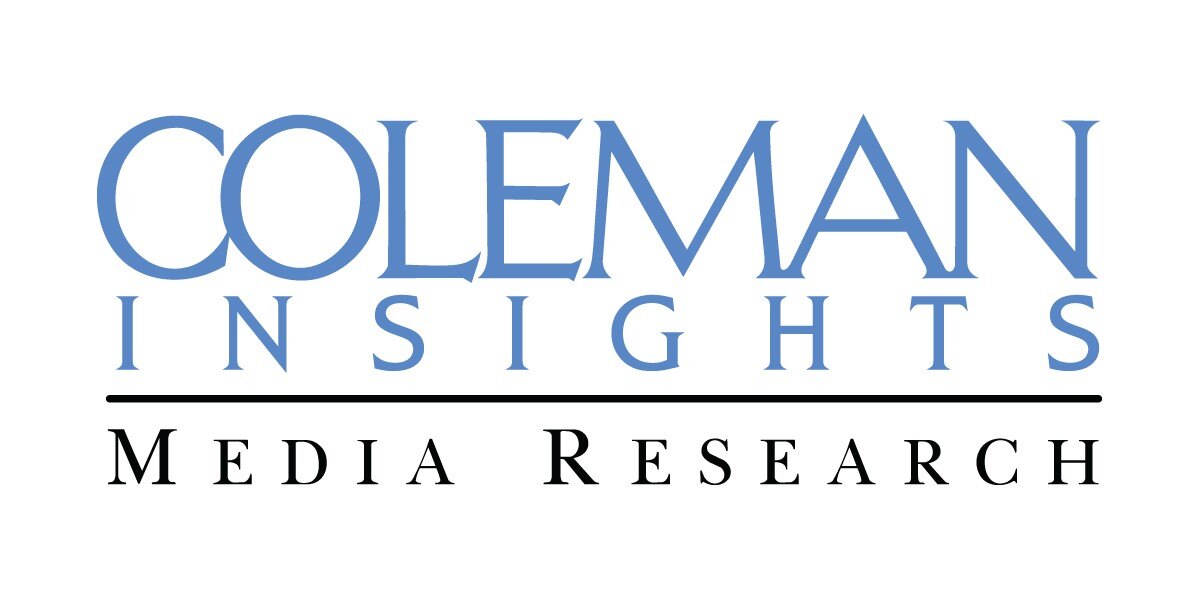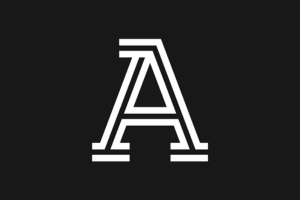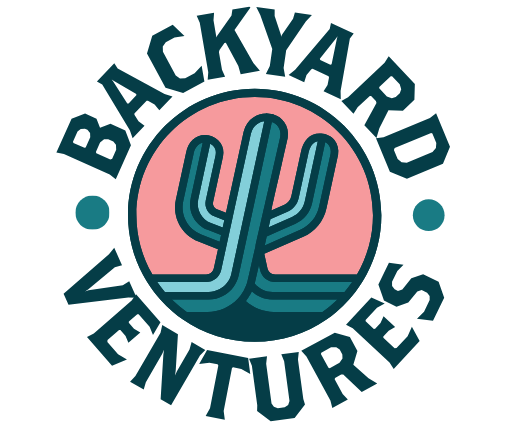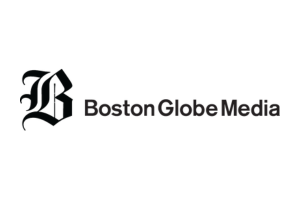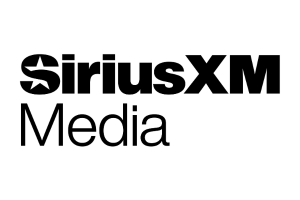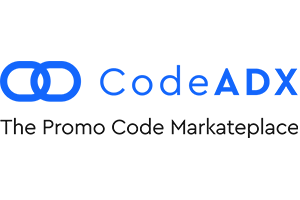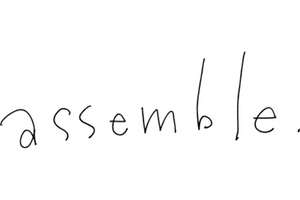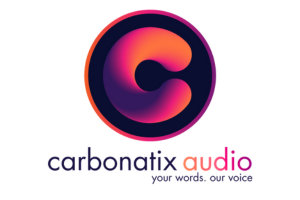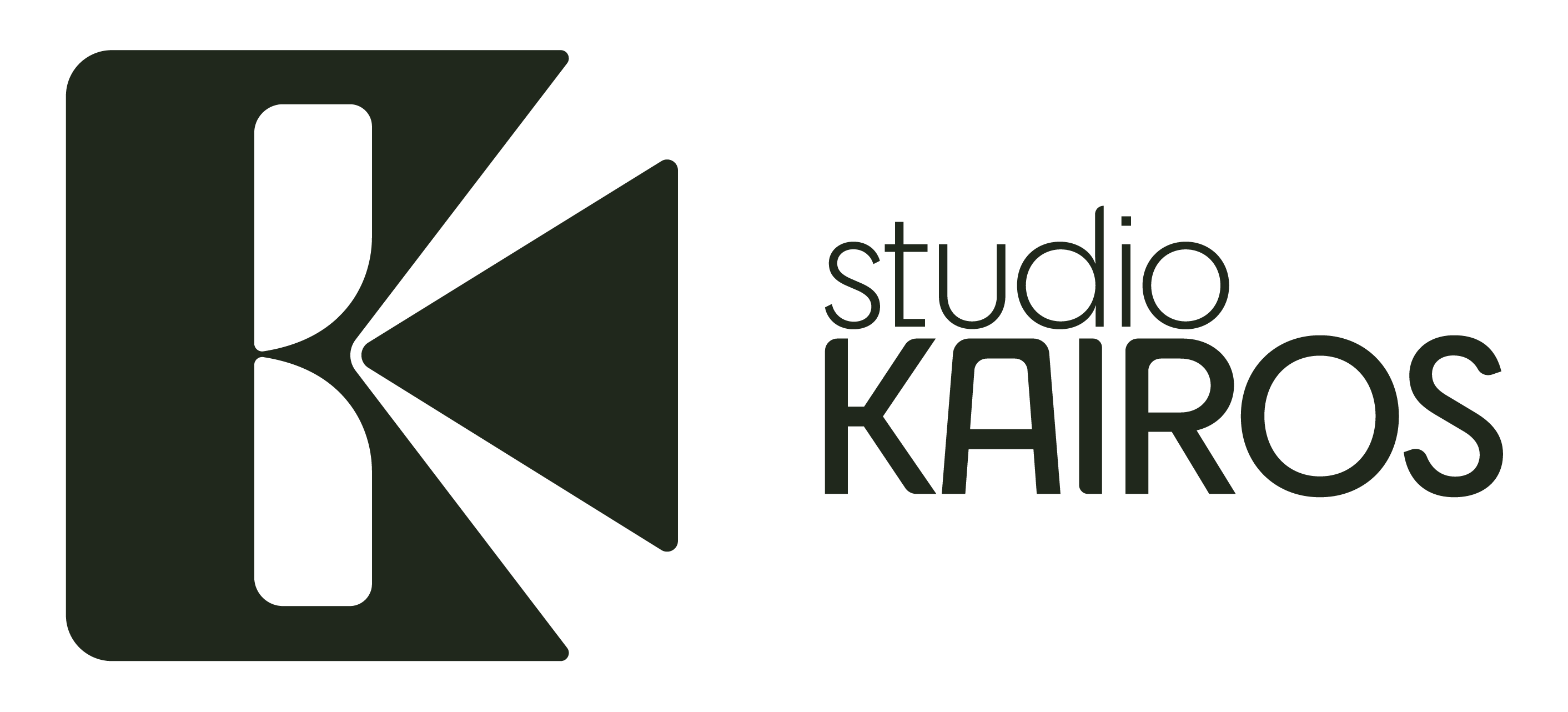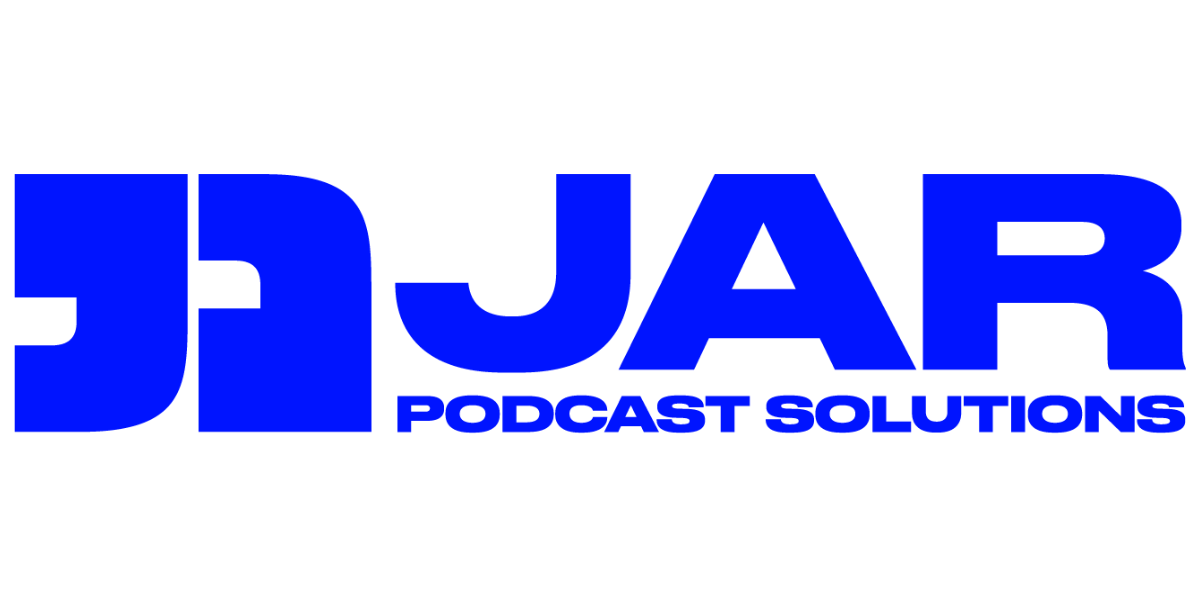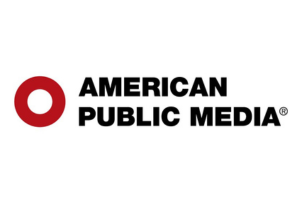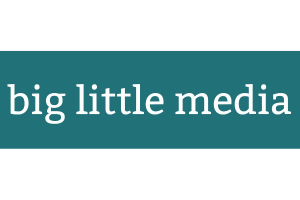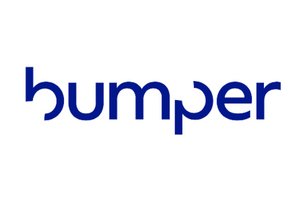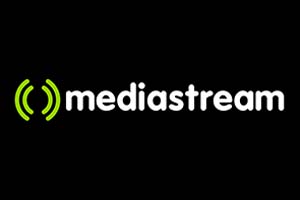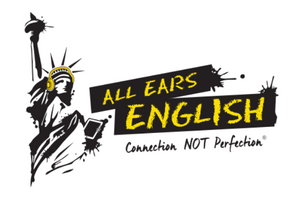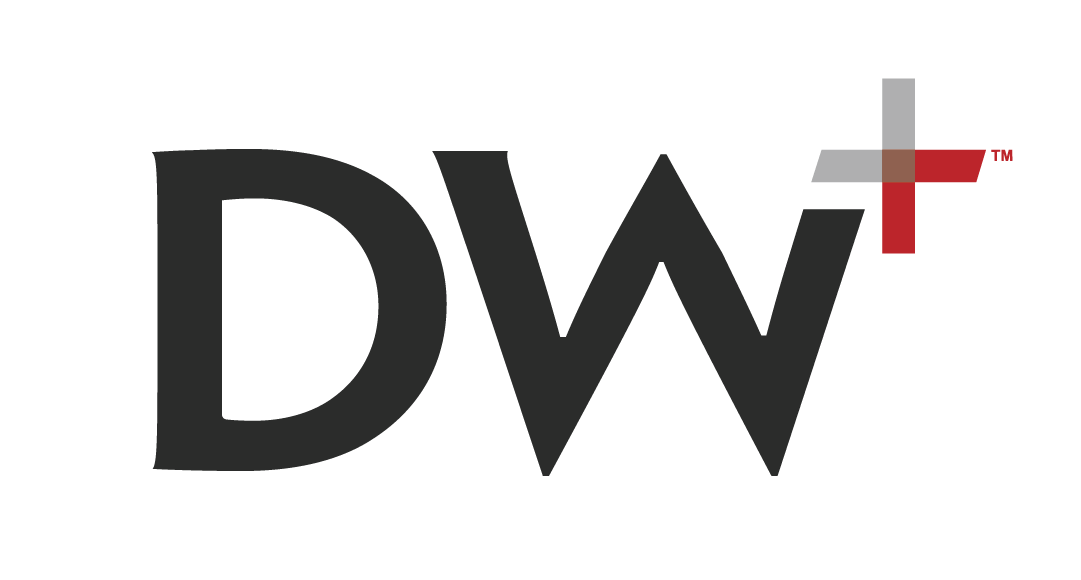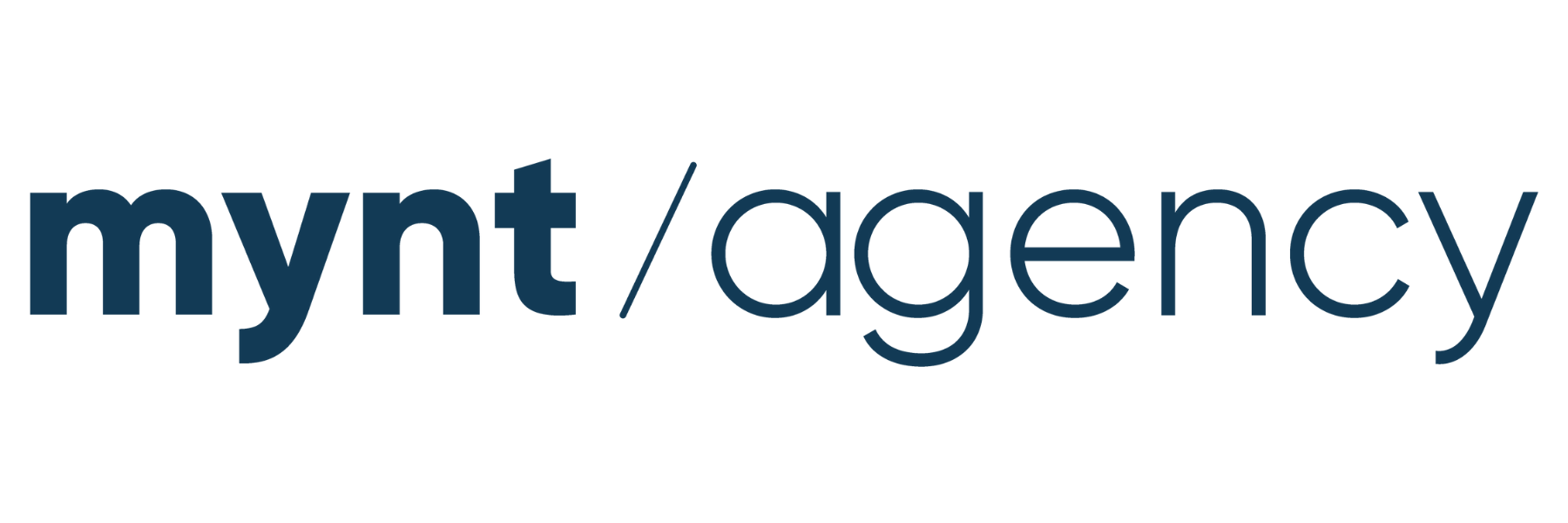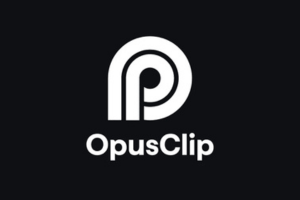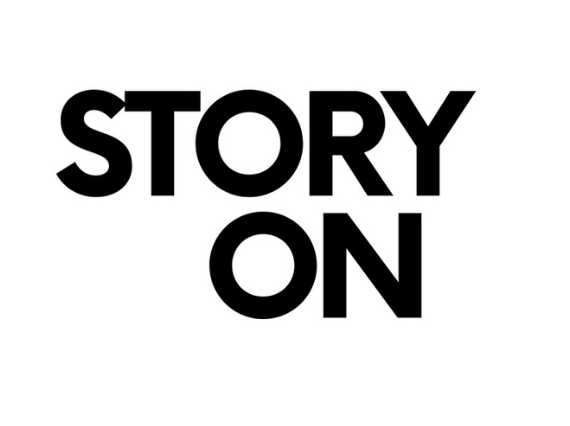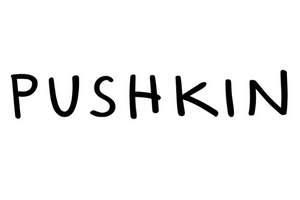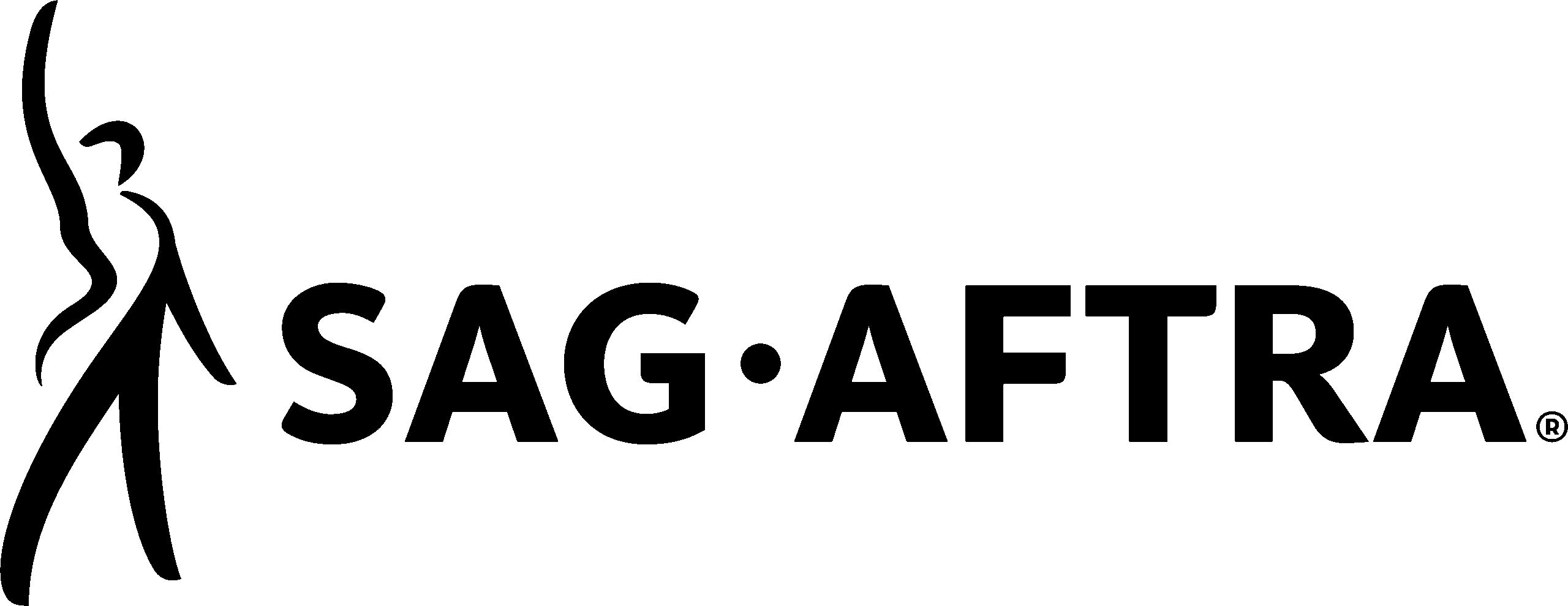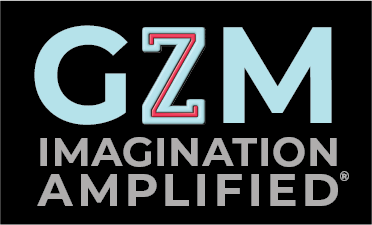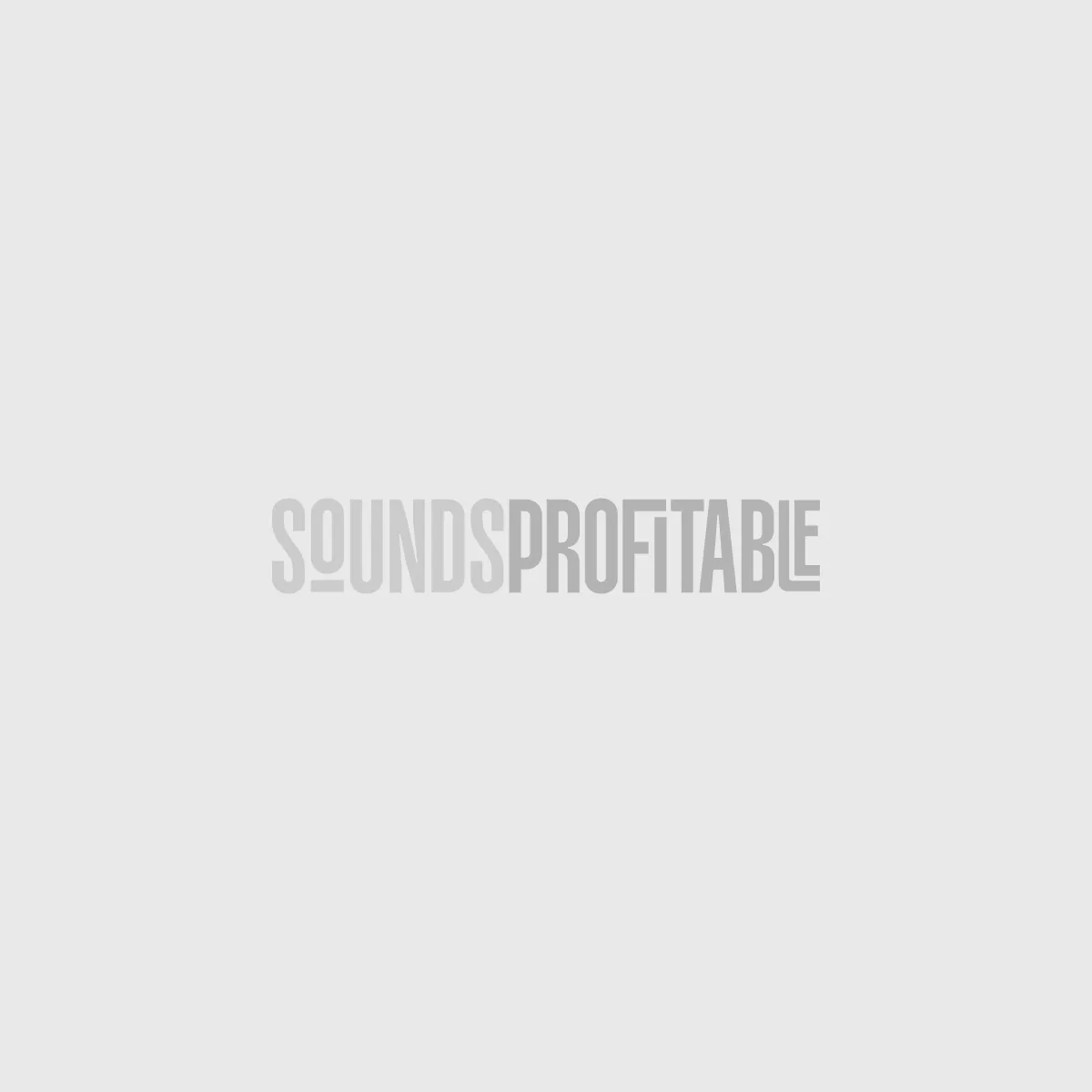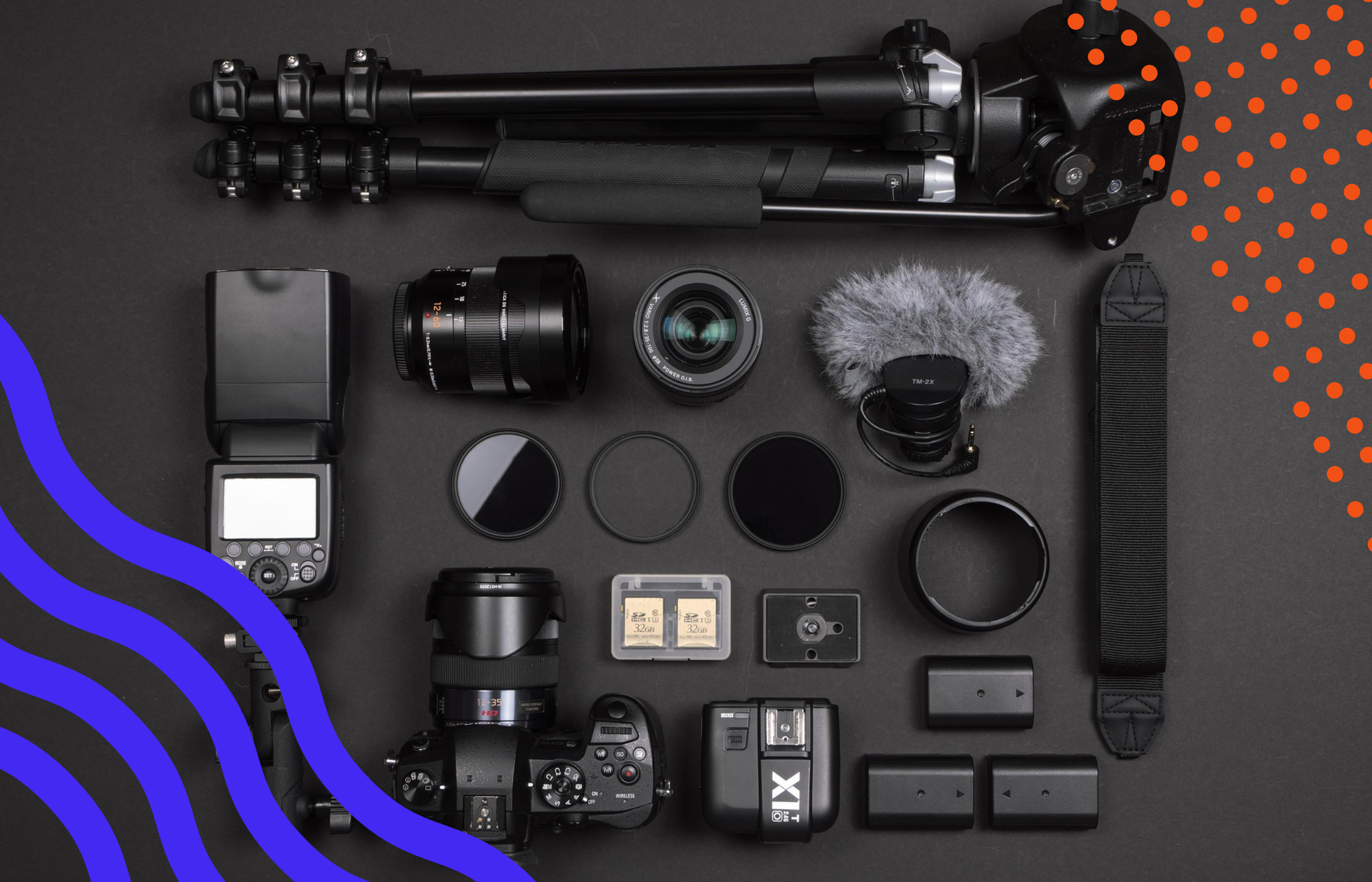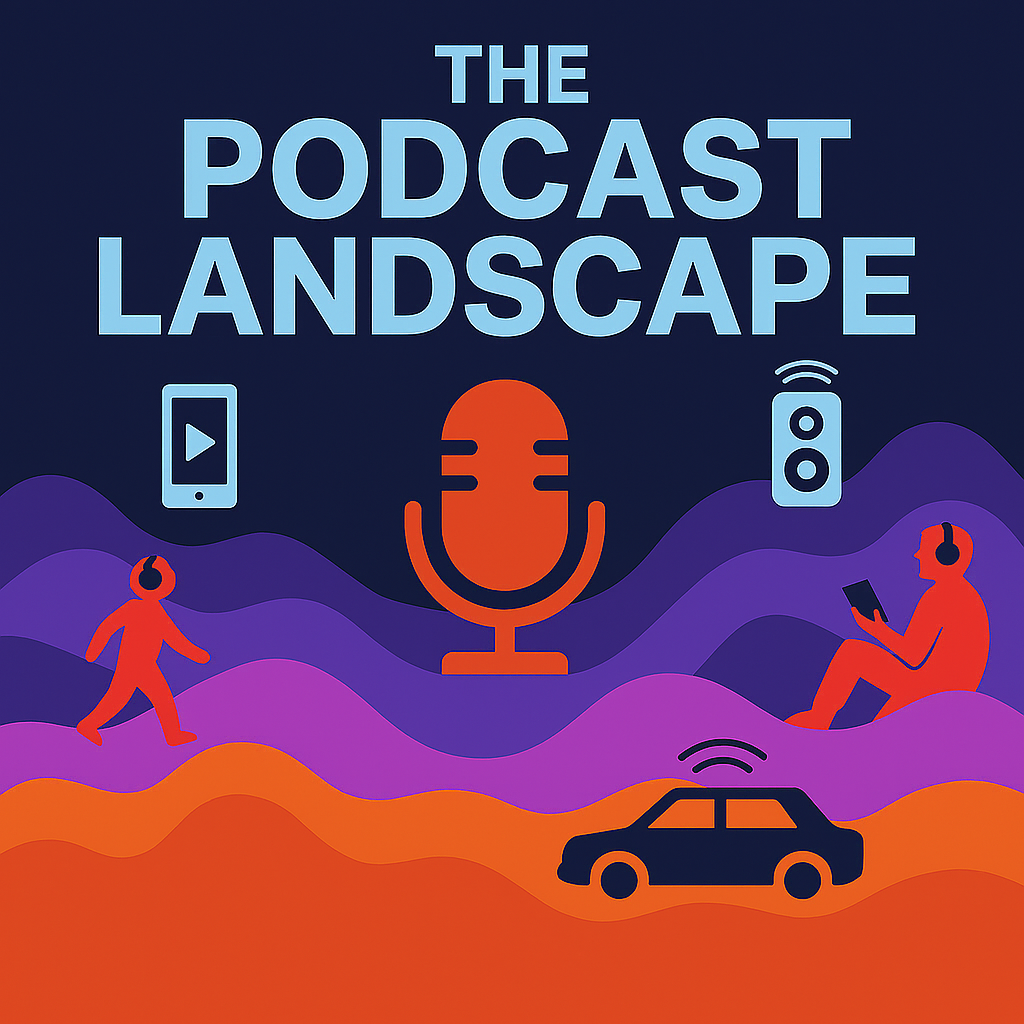The “Why” and “How” Behind Branded Podcast Performance by Paul Riismandel
Signal Hill Insights has published their second annual Benchmark Report for branded podcasts. Key findingings include the “halo effect” brands receive for creating the branded podcast content. 61% of surveyed branded podcast listeners said the episode they had just listened to made them feel somewhat or more favorable toward the brand. 75% agree it kept their attention the entire time. Riismandel also breaks down the need for context when measuring podcast efficacy. A brand awareness campaign for Coca Cola, for example, could have great listenership but abysmal metrics for introducing new people to the brand because audiences are already aware of Coke.
Why Wondery And SiriusXM Have Opted Out Of Podcasting’s Biggest Rankers
A look at the recent opt-out from both Podtrac and Triton Digital podcast rankers by Wondery and SiriusXM Media podcasts. A Wondery rep told PodcastNewsDaily the decision was motivated by a ranker that only represents RSS-based downloads not representing their total audience. A representative from SiriusXM offered a similar explanation. Podcasts have grown on non-RSS platforms to the point their audience can’t be properly tracked with just RSS that does not know about traffic on video, social media, FAST (free ad-supported TV) channels, and streaming platform versions of their podcasts. True Native Media CEO Heather Osgood says she does not believe opting out of the rankers will negatively impact ad buys, as advertisers are more and more focusing on audience engagement, ratings, and reviews to determine if a show has an active and loyal base.
The line between traditional TV and the creator economy continues to blur as studios begin to consider syndication in the creation of content. Be it the acquisition of existing popular content to rebroadcast on multiple platforms, or the creation of net-new longform content starring proven names with intention to syndicate across FAST and streaming. While not addressed by the article, podcasting makes a perfect fit for a syndication-focused content distribution platform. Traditional TV studios have had repeat success both in using podcasting as a supplemental advertising venue (e.g. celebrity-hosted rewatch podcasts driving streams of old TV) or using podcasts as a syndication method itself (e.g. Dateline and 48 Hours rebroadcasting episodes of classic true crime stories).
How a Podcast About Reading Promoted Sweeping Instructional Changes by Rick Hess
An op-ed interviewing Emily Hanford, creator of the investigative journalism podcast Sold a Story. Hanford, an American Public Media correspondent, spent four years researching the widespread problem of a debunked strategy for teaching children to read still being printed in new books being sold to schools who required it in their curriculum. As a result of Sold a Story gaining attention, the show claims 25 states have revised their curriculum to focus more diverse strategies for teaching reading. An example of what investigative journalism in podcasting can achieve with the right support.
As for the rest of the news…
- PodNews shared a first look at SiriusXM+’s new expansion to Spotify, YouTube Music, and other podcast apps via SupportingCast
- ARN’s iHeart is celebrating its 5th birthday with major partnership extensions including BBC Radio and Exactly Right Media
- Simplecast now has the ability for Simplecast Professional users to automate host-read ads thanks to RedCircle’s OpenRAP automating flighting, delivery, reporting, and payments associated with each campaign
- Westwood One Sports has signed to act as the new domestic English-language audio partner of U.S. Soccer
- IGN Entertainment has launched the podcast network Geek Media, with representation by Realm
- Pocket FM CEO Rohan Nayak spoke to Bloomberg about a new round of fundraising to invest in AI content tools for their podcasting app.
- eMarketer looks at the current state of Spotify’s podcast advertising business and charts out a forecast of how much they’re expected to grow that income (as well as non-podcast ad revenue).


